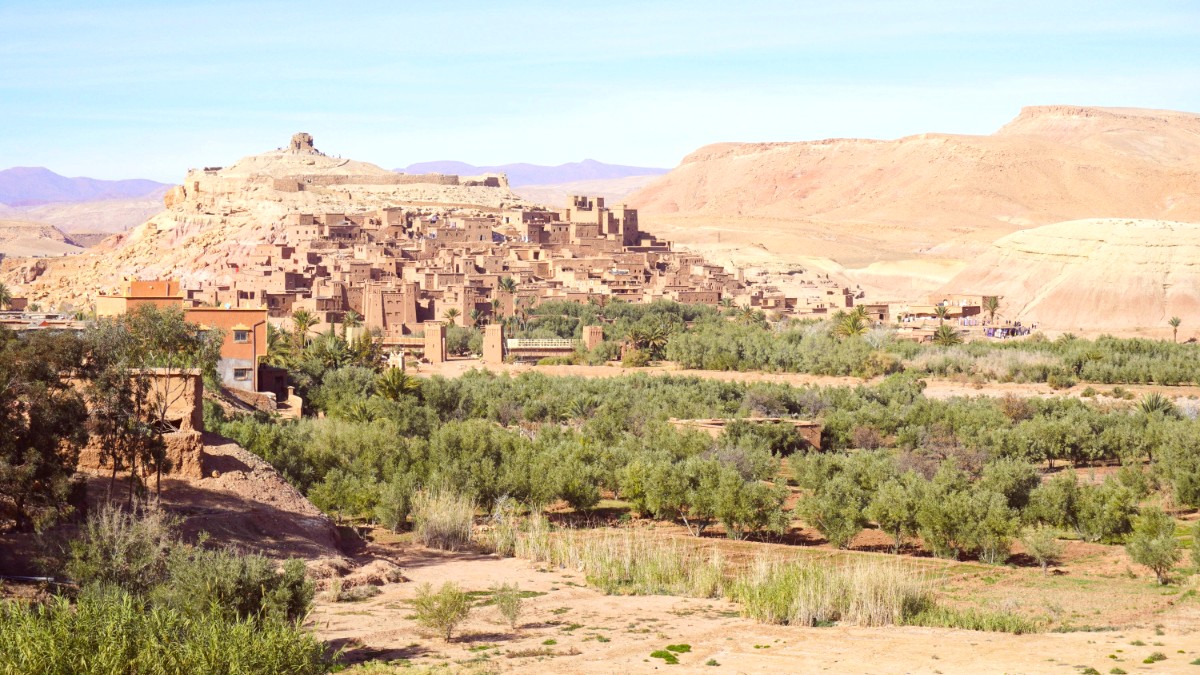
Morocco
The main public transit system within Ouarzazate involves "petit taxis" (small taxis). These are cars (often Dacia or similar models) in a light brown or beige color. They are identifiable by a roof sign indicating "Taxi." They operate on a meter, though agreeing on a price beforehand is sometimes necessary.
Ouarzazate also has a local bus network, but routes and schedules can be less clear for non-Arabic speakers, and buses may not arrive frequently.
Fares for petit taxis are usually paid in cash directly to the driver. Local bus fares are also paid in cash upon boarding.
Petit taxis maintain operation from early morning until late at night. Local bus schedules vary and can be infrequent.
Public transportation in Ouarzazate is not generally wheelchair accessible. Pavements are uneven, and vehicles are not adapted.
Grand taxis operate on fixed routes between towns, often shared by passengers.
Grand taxis can be hired privately for custom trips, covering all six seats.
Used for organized group excursions to sites like Ait Benhaddou or desert trips.
Many hotels offer pre-booked airport pick-up services for arrival ease.
Taxis present the most convenient way for visitors to move around Ouarzazate and to nearby attractions.
Taxis are readily available at Ouarzazate International Airport.
At the airport, pre-agree on a fare before departing for clarity.
Taxis are plentiful at the main bus station and typically use meters or have set prices for local destinations.
Car rental presents flexibility for exploring the region around Ouarzazate on your own terms.
Drive on the right side of the road. Speed limits are generally 60 km/h (37 mph) in urban areas, 100 km/h (62 mph) on national roads, and 120 km/h (75 mph) on highways.
Major roads are paved and generally well-maintained. Mountain passes can be winding and warrant caution.
Street parking is generally available in Ouarzazate. In some areas, a parking attendant (gardien) may expect a small fee (5-10 MAD).
The central area of Ouarzazate, especially around Place Al-Mouahidine and Avenue Mohammed V, welcomes pedestrians.
Ouarzazate holds limited dedicated bicycle infrastructure. Cycling on main roads can present challenges due to traffic.
Bicycles are best for casual rides in quieter areas or around oases.
No formal bicycle sharing programs exist here. Some hotels or guesthouses may offer bicycle rentals for local exploration.
Check with your accommodation for rental availability and local route suggestions.
Exercise caution on busy roads with high traffic volume. Avoid walking or cycling alone in unlit or deserted areas, especially at night.
Stick to well-trafficked and illuminated areas after dark for safety.
Ouarzazate's transport options support various travel styles, from budget-friendly local taxis to more tailored rental solutions.
A good grasp of available choices aids smooth and enjoyable movement throughout the city and surrounding areas.